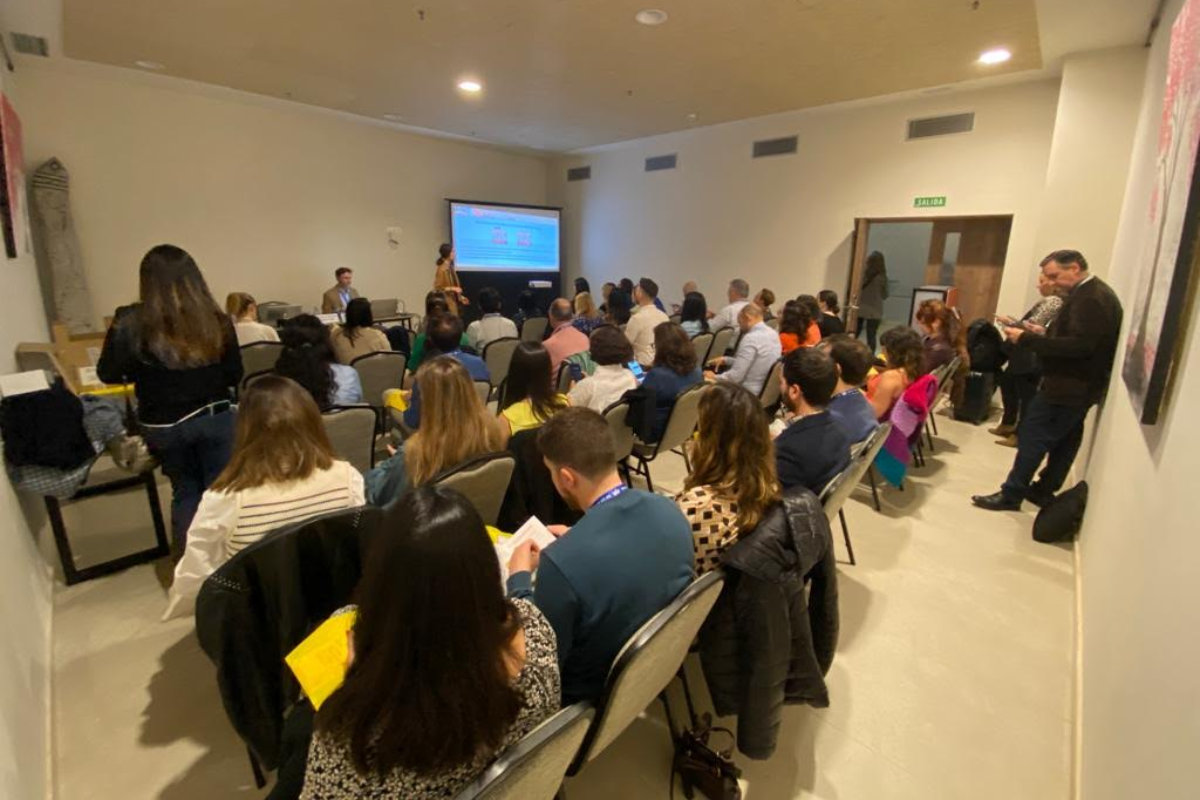Background
Retinopathy is one of the most common microvascular complications caused by diabetes, which occurs due to changes in blood capillaries. One of the most important factors to determine the progression of retinopathy is measuring HbA1C. This study aimed to investigate the relationship between glycosylated hemoglobin levels, blood pressure (systolic and diastolic), and triglycerides with DRP in the population of diabetic patients.
Methods
This descriptive and analytical study was conducted on 80 diabetic patients referred to Hafiz Sabzevar Diabetes Clinic in 1400. Based on fundoscopic examination, patients were divided into three general categories: patients without retinopathy, patients with proliferative diabetic retinopathy, and patients with non-proliferative retinopathy. Patient information was collected through a demographic questionnaire (including age, sex, insulin or oral drug use, and fasting blood sugar level) and a researcher-made checklist (including HbA1C, systolic blood pressure, diastolic blood pressure and triglycerides). Data were analyzed with spss 28. Descriptive statistical tests, ANOVA and Bonferroni's post hoc test were used for analysis.
Results
The results of the study showed that there is a significant difference in HbA1C, SBP and DBP levels between the three groups (P = 0.000). Post Hoc (Bonferroni) test was used to accurately determine this significant difference. The data showed that both retinopathy groups (NPDR and PDR) had higher levels of HbA1C and blood pressure (SBP and DBP) compared to the non-retinopathy group and this difference was statistically significant (P = 0.000). However, there was no significant difference between the three groups in terms of triglyceride levels (P = 0.96).
Conclusion
High levels of glycosylated hemoglobin, systolic and diastolic blood pressure play an important role in the occurrence of diabetic retinopathy. Therefore, it is recommended to carefully control blood sugar and blood pressure of diabetic patients in order to prevent the occurrence of retinopathy.


